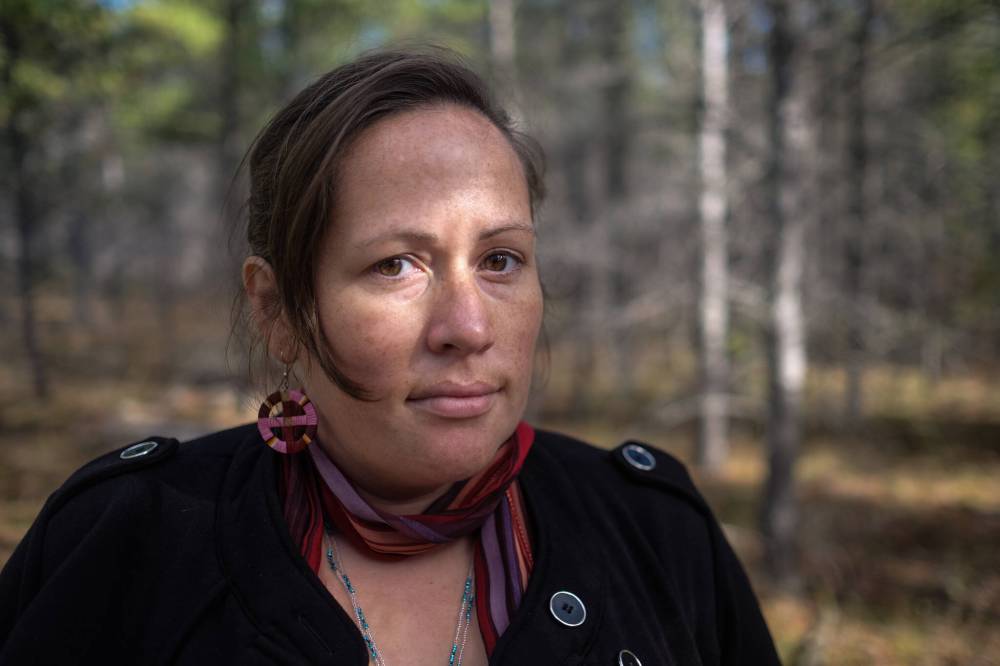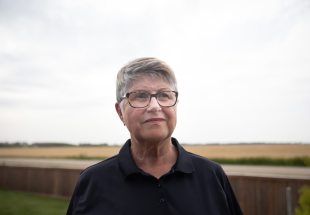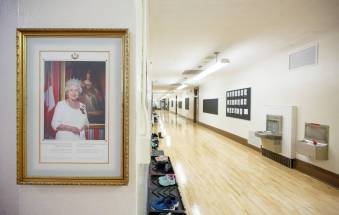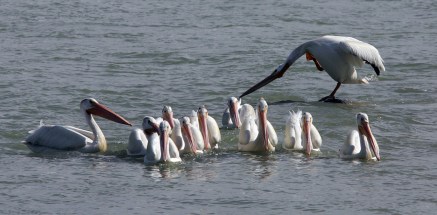Indigenous-led protected area a viable option
Read this article for free:
or
Already have an account? Log in here »
To continue reading, please subscribe:
Monthly Digital Subscription
$0 for the first 4 weeks*
- Enjoy unlimited reading on winnipegfreepress.com
- Read the E-Edition, our digital replica newspaper
- Access News Break, our award-winning app
- Play interactive puzzles
*No charge for 4 weeks then price increases to the regular rate of $19.00 plus GST every four weeks. Offer available to new and qualified returning subscribers only. Cancel any time.
Monthly Digital Subscription
$4.75/week*
- Enjoy unlimited reading on winnipegfreepress.com
- Read the E-Edition, our digital replica newspaper
- Access News Break, our award-winning app
- Play interactive puzzles
*Billed as $19 plus GST every four weeks. Cancel any time.
To continue reading, please subscribe:
Add Free Press access to your Brandon Sun subscription for only an additional
$1 for the first 4 weeks*
*Your next subscription payment will increase by $1.00 and you will be charged $16.99 plus GST for four weeks. After four weeks, your payment will increase to $23.99 plus GST every four weeks.
Read unlimited articles for free today:
or
Already have an account? Log in here »
Hey there, time traveller!
This article was published 14/09/2022 (1180 days ago), so information in it may no longer be current.
Manitoba is a place of diverse wilderness. Covering nearly 650,000 square-kilometers, the province is home to boreal forest, aspen parkland, Precambrian shield, subarctic tundra, grassland prairies and countless lakes, rivers and streams. Important ecosystems, each worthy of protection.
Exactly who should be in charge of protecting those natural spaces is a worthy debate and one that has been simmering in Manitoba for decades.
After years of opposing the creation of a national park along the northwestern shore of Lake Winnipeg, local First Nations leaders are hopeful the current political climate will instead pave the way for an Indigenous-led protected area.
Related coverage
“If it’s done the right way, it can be a really important step in reconciliation, that we don’t have further colonial laws imposed on us,” Misipawistik Cree Nation Chief Heidi Cook told the Free Press last week.
Plans for the Manitoba Lowlands National Park were announced in 2002 by then-prime minister Jean Chrétien. The project would have seen a 4,400-square-kilometre park established along Highway 6 at Grand Rapids, a small town four hours north of Winnipeg. The federal government earmarked $40 million to create campgrounds, hiking trails and an interpretive centre within the unique ecosystem of wetlands, limestone cliffs, karst caves and sensitive wildlife habitats.
Former national chief Ovide Mercredi quickly launched an opposition campaign, citing a loss of traditional land access for surrounding First Nations and a distrust in Parks Canada’s ability to protect the area from unbridled tourism. Mr. Mercredi’s efforts won out and the project was effectively quashed.
For the last two decades, Misipawistik — with the support of neighbouring communities Norway House, Mosakahiken and Chemawawin — has been pressing the provincial and federal governments to approve their proposal to establish a Cree-run protected area. The designation would allow the First Nations to maintain harvesting rights and manage the area as they see fit, without government interference.
In an interview, Ms. Cook said she was hopeful improved relations between Manitoba and Ottawa under Premier Heather Stefanson’s leadership would finally see progress on the file. In an era when reconciliation has become a buzzword, returning autonomy to Indigenous communities that have stewarded the land for centuries would be a rare example of action.
MIKE DEAL / WINNIPEG FREE PRESS FILES Misipawistik Cree Nation Chief Heidi Cook
Parks Canada has a long history of displacement.
When Banff National Park was carved out in the late 1800s, members of the Stoney Nakoda Nation were evicted from their ancestral territory. In the 1930s, Keeseekoowenin Ojibway First Nation was evicted from its own reserve lands during the development of Riding Mountain National Park. A land claim dispute was finally settled in the ’90s and millions of dollars in compensation was paid out for lost access to the prime fishing and hunting grounds.
Earlier this year, an entrepreneur from Athabasca Chipewyan First Nation was barred from harvesting salt from Wood Buffalo National Park — an area previously home to band members — in the name of ecological protection.
Throughout history, national parks have offered little to Indigenous people other than eviction, loss of livelihood and severed connections to culturally significant environments. If today’s governments are serious about reconciliation, they should prioritize Misipawistik’s proposal. It’s time to make amends for a system that has prioritized the recreation of some over the rights of others.







